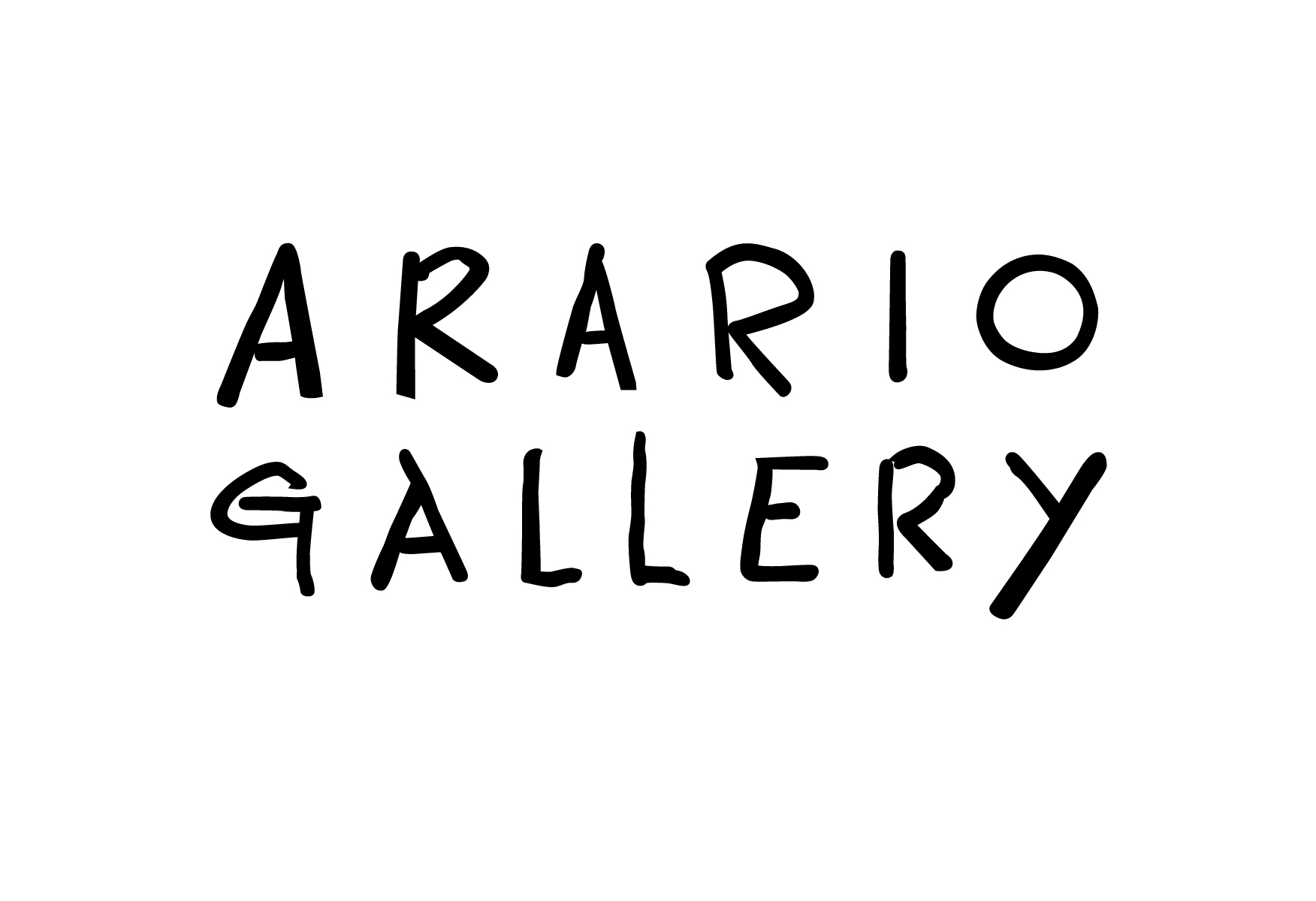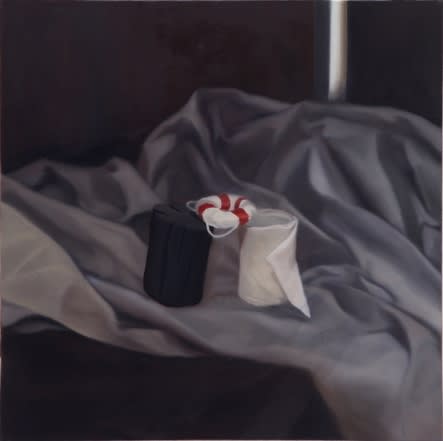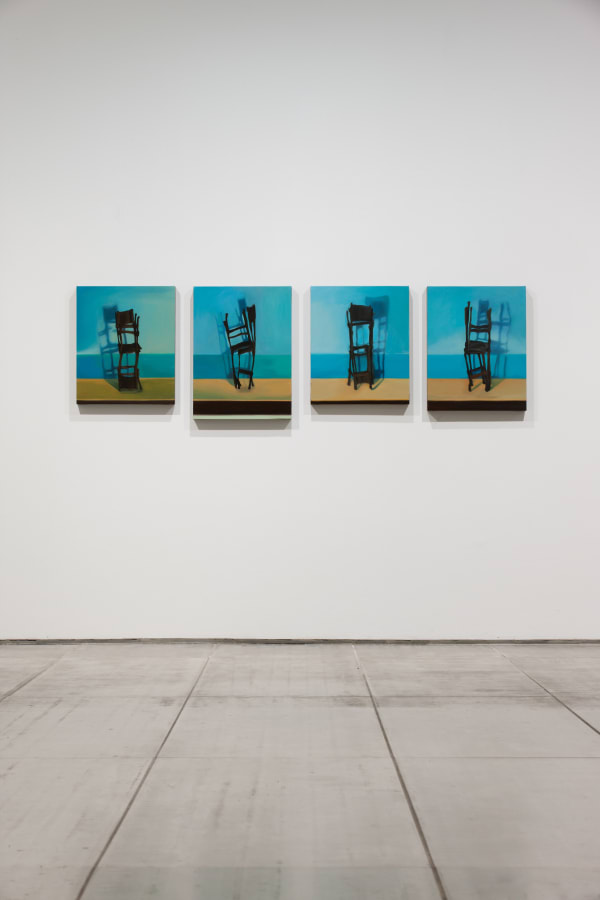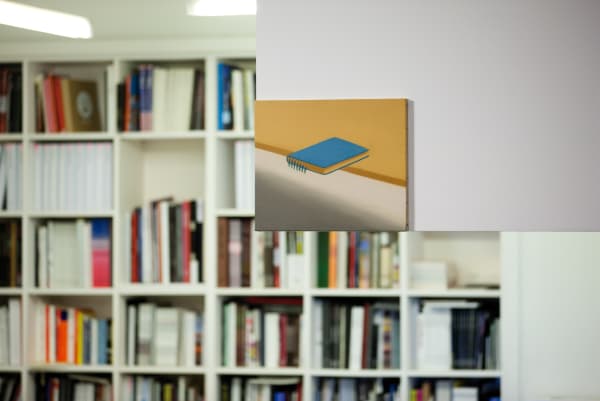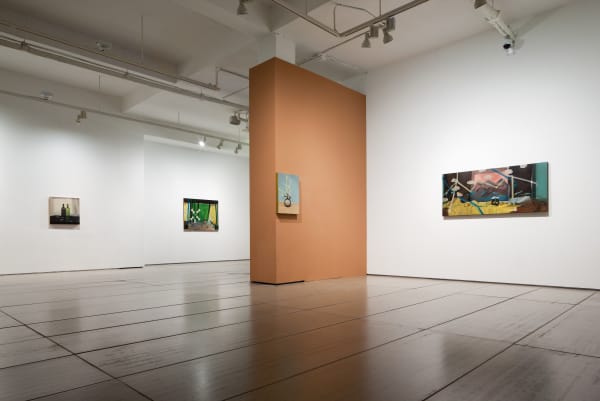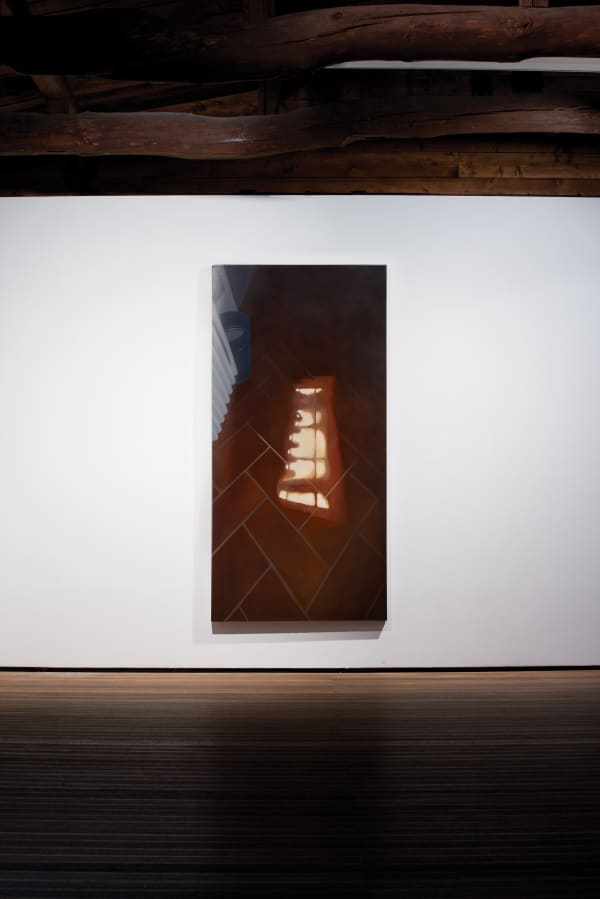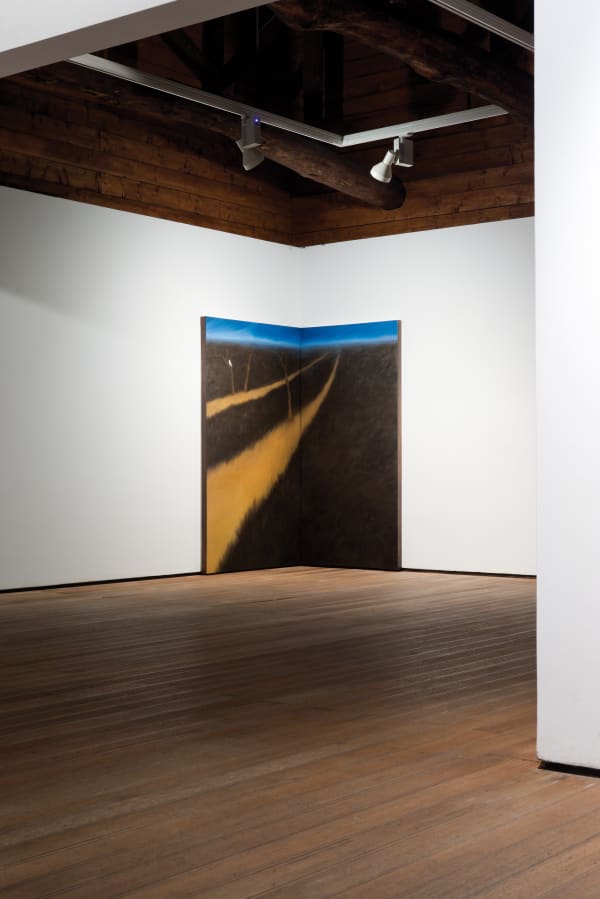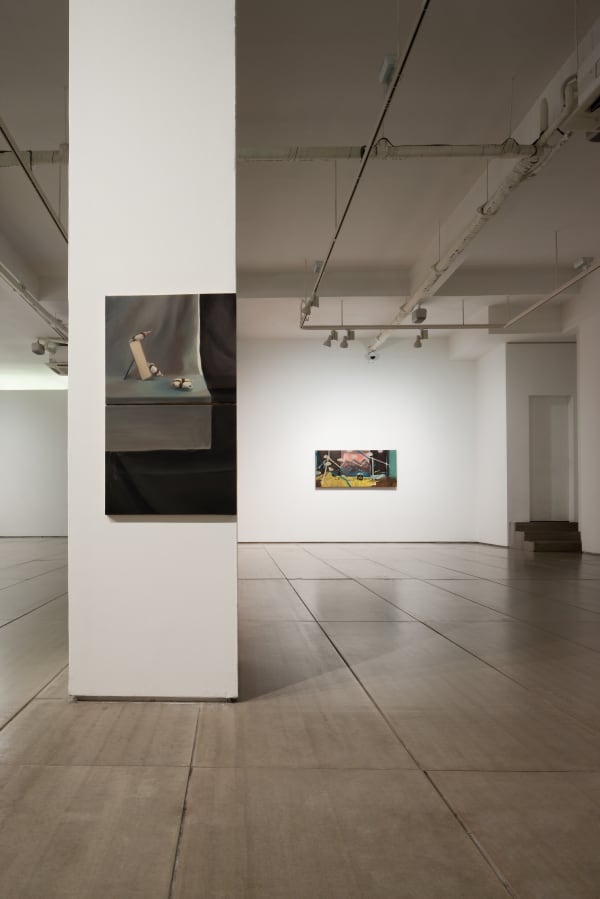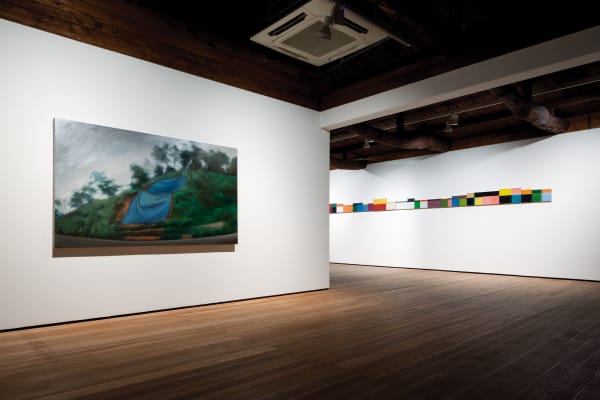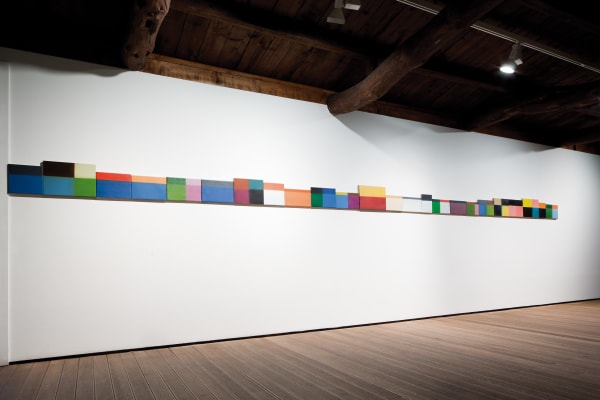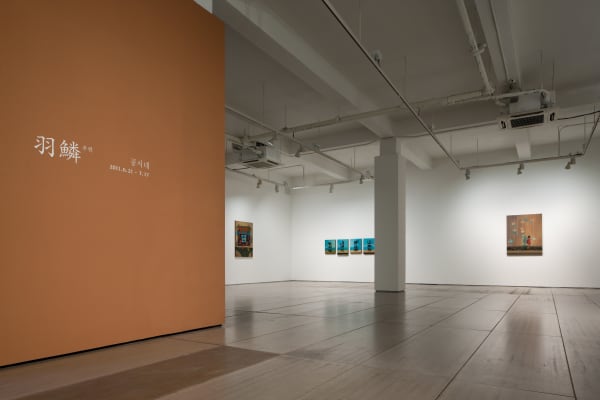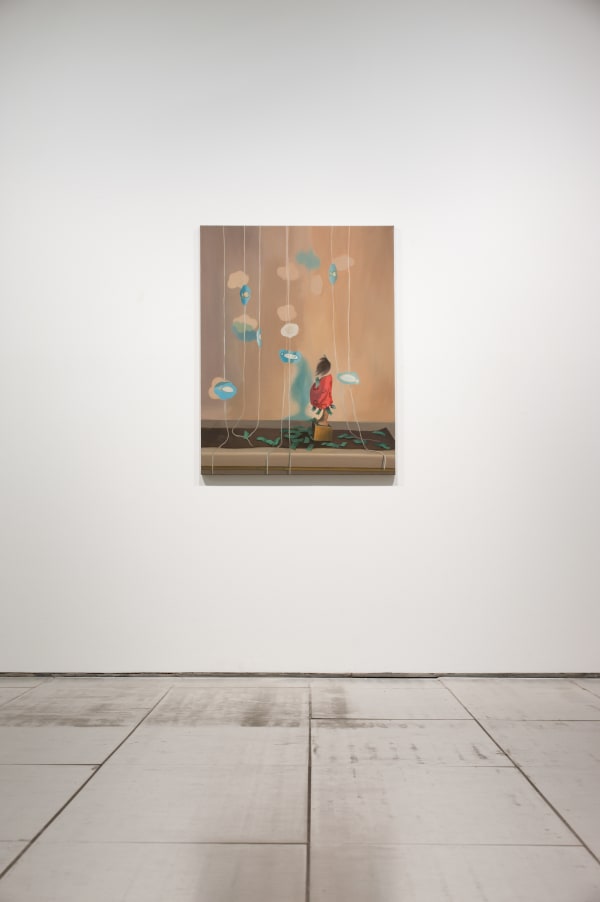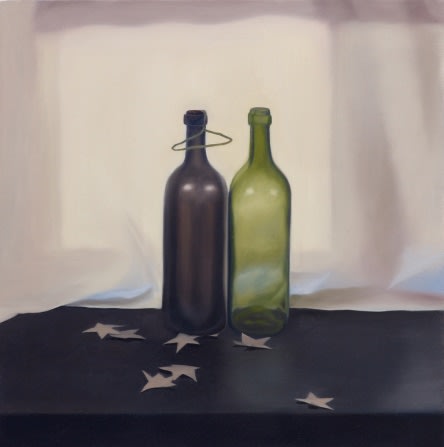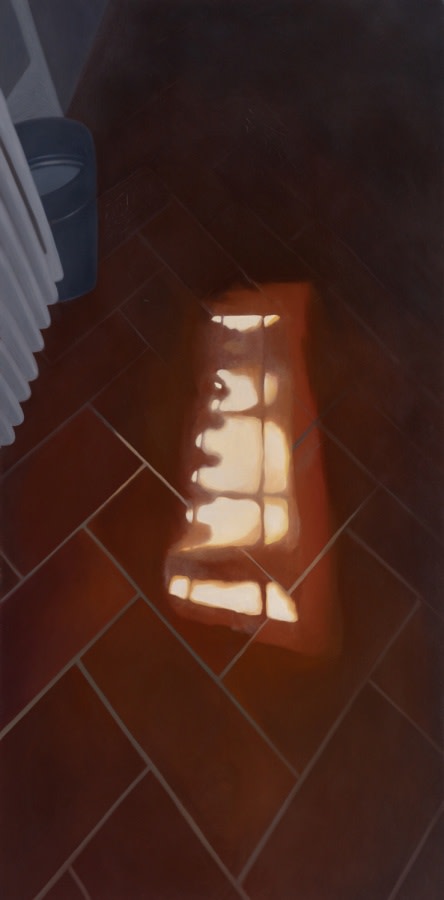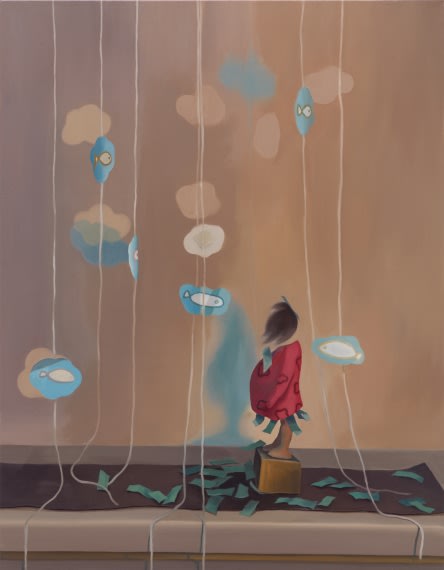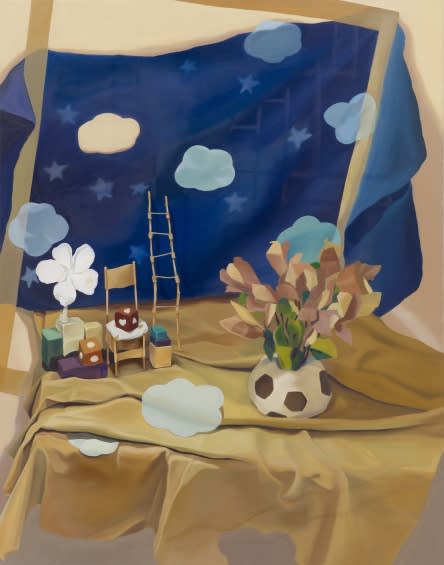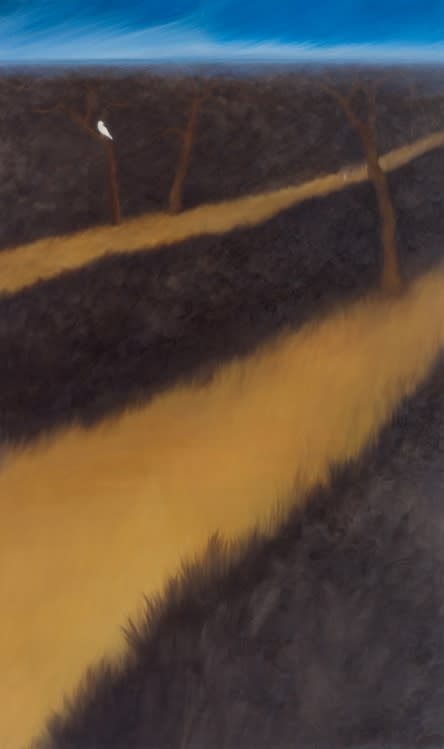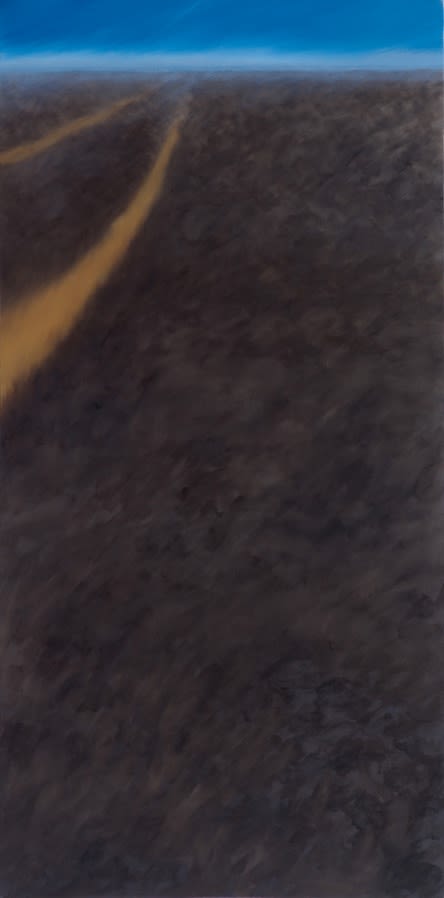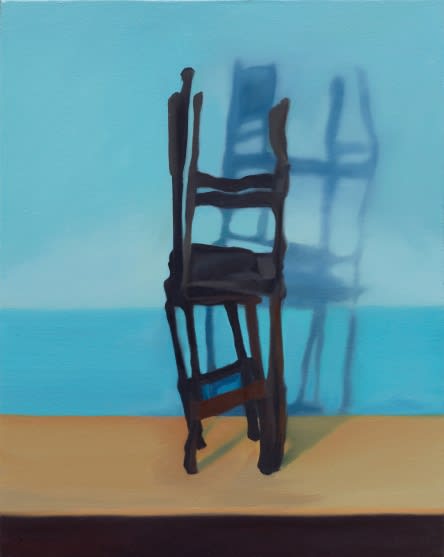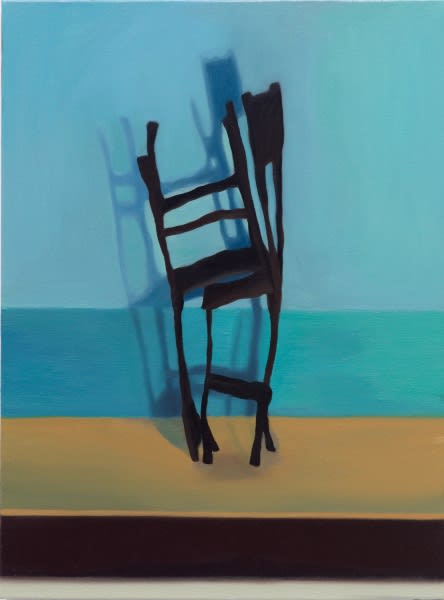KONG Shine: 羽鱗
Period | 21 June – 17 Junly, 2011
Venue | Arario Gallery Seoul samcheong
Works | 28 pieces including installation, painting
Opening Reception | 6 pm June 21st, 2011
Semantic Forms Manifesting the Original Imagery of the Mind
Shim Sang-yong (Art History Ph.D., Art Critic)
1. Pathos of Life
Shine Kong is an artist of traditional values, at least when compared to artists like Andy Warhol. This comparison goes beyond the mere dimension of the medium of the easel painting. Warhol often expressed that he would rather be a machine than human, because machines have less problems (which isn’t necessarily true). The real Warhol, hidden behind his silver wig, was a problematic figure who was as troubled as to give up being human just because machines seem to have fewer problems. Warhol isn’t completely wrong, though. People do encounter a great many problems in reality, and it’s true that because many of them are so burdensome, people desire to avoid them altogether.
Although there may be difference in the degree of problems, this is a universal truth concerning all existing beings. Warhol wanted to become a machine for these reasons, and such desire is evident throughout his works.
However, all this is an extremely contemporary argument, because people have for a long time become a painter or a poet for the very same reason that made Warhol want to become a machine. This is the traditional prospect for painters and poets, precisely on which Shine Kong is based. To Kong, life is a journey of encountering problems, and an arduous process of resolving them. It’s a complex process which makes trial and error inevitable, and through which wounds demand to be healed. Nonetheless, it’s not a basis that should be avoided, but is only a reason that should be embraced. The philosophy of life that emanates from the core of Kong’s works, is that life is not a trap but just a problem to be solved.
Warhol chose fame since he couldn’t choose to become a machine. He probably believed that fame would elevate him to a state of unequalled superiority which eludes the monotonous drama of life, and thus dodge a considerable portion of existential suffering. The world of Shine Kong is situated on the opposite side of such thinking, deeply rooted in problems rather than being free from them. This world tells us that what we need is to coexist with the problems rather than escape them, and that we must choose to stay and keep ourselves open, rather than closing up and leaving. The very world rooted in problems is precisely where problems should be solved, and where one should dream, imagine and fulfill his wishes.
Shine Kong clearly understands the fact that it is not in utopia but pathos of life where she must verify her faithfulness towards life as an artist. This is an important point, because the battle the painter must fight using his privilege, is not for pure ideas or logos of righteousness. The only place where the artist must fully let her expressions to bloom, is precisely where the artist is rooted.
2. Staying in Between
As can be imagined in titles like Neighbirds, Between, Friendship and Intruder, Shine Kong’s recent works focus on the subject of relationships. Here, birds, fish, trees and metal acknowledge each other. Two different vases blossom the same flower. Black charcoal and white toilet paper are connected through a lifebelt. Lifebelt is a mechanism that can save a life on the brink of its loss, and a medium which bridges across a rupture, to life. Shine Kong’s paintings pair up these given objects, and sets up a symbolic world where the objects exist in their relationships.
Being in a relationship suggests a horizontal existence, in which ‘I’ and ‘You’ are mutually supportive and complementary of each other. It signifies that the matter next to the ‘I’ is not an ‘It’ but is elevated to ‘You’. According to Martin Buber, this is the only way that ‘I’ can become a genuine ‘I’. In other words, ‘I’ must depart from ‘You’ in order to live, even though it may cause pain. Thus, being in a relationship means to suffer, and only suffering ties together a relationship. No suffering signifies being out of a relationship, on in other words, reflects the fact that departure and meeting have not yet taken place. The reason that we have short and superficial knowledge about relationships is because we tend to avoid the pain and suffering that result from relationships.
Suffering demands to be in relationships that weave the essence of life. Life, thus, accompanies suffering. Shine clearly demonstrates that only when she meets suffering’s demands through her paintings, light begins to enter the world. Suffering of life can only find its way within life itself. According to J.R.R. Tolkien, the author of The Lord of the Rings, creativity is not fruition of intelligence but of relationships. Intelligence assists in the formation of creativity, but the creative drive itself is only conceived when it connects the dots and communicates with the world. Kong’s paintings softly enlighten us with the realization that nothing is created from the void, or can be formed by itself in a vacuum. She tells us that all things are born, healed and reinvented in relationships, and that only then can more things be created.This is an important reason why Shine Kong’s paintings do not need to show off in scale. The dimension and scale of subjects in Kong’s world are actually far from being magnificent or monumental, because if they weren’t, her works wouldn’t have the significant virtue of ‘invitational sensation’ that draws the viewer.
All subjects inspired in Kong’s works are simple records from her own life, such as small aspirations of reconciliation and communication, and meditation on relationships to be restored, and so on. The only suggestion that her work makes is to draw closer to the original source of narratives about life, wounds, memories and contemplation. In other words, her works utter or declare nothing else but to accept the invitation. There’s no need for Kong’s works to depend on magnificent conclusions, complex and subtle interpretations, techniques of persuasion or discourse, or high art theories. Nietzsche’s definition of art that ‘never tolerates reality’, is rather close to being intolerably arrogant here.
3. Materializing the Forms of the Mind
Shine Kong’s paintings are the fruition of a binary process of imagination and representation. Her works go through a process of materialization as she bestows 3-dimensional body to the forms from her mind. First she makes a chair, lifebelt, flowers, flower vase and pinwheel, then materializes the series of their interactions into 3-dimensional forms. She then represents them on 2-dimensional paintings. This process draws an analogy to Shakespeare’s passage about the secret of the poet in the play A Midsummer Night’s Dream:
“And as imagination bodies forth
The forms of things unknown, the poet's pen
Turns them to shapes, and gives to aery nothing
A local habitation and a name."
The act of materializing forms from the mind is a mystery performed by painters, and is particularly a peculiarity of Shine Kong’s oeuvre. Kong explores this mystery through the dual process of endowing physical sculptural life to mind’s inner forms, then again representing the 3-dimensional materialization in painting. The artist goes through this process not with a least bit of haste, but with calmness and in good order. Calmly and organically connected, each process is executed in sincerity without being omitted. Unlike the French artist Bernar Venet’s statement that ‘the artist must venture out to where reason may be put at risk,’ Shine Kong doesn’t place anything in danger. She probably doesn’t agree with such classical premise of aesthetics in which sense and sensibility must oppose each other as proposed by Venet.
For Kong, there is no reason for the two to either support or betray each other, because in order to manifest the stories of one’s mind, what’s needed is an order that can propel the story in a sophisticated manner.
Ultimately, Kong’s paintings become something that’s small but structured, with a strong tactile nuance. Order and calmness is maintained as her paint brush — never under or overused — summons the world that her hands have already felt. A rather significant virtue of painting is created from this dual process of 3-dimensional manifestation and 2-dimensional representation. This virtue intercepts in advance the probability of her work becoming tangled in the whirlpool of unexpected emotions, or of falling into a byroad of abstract paintings. This is so, as her works have already gone through the process of modification by hand, censoring by touch, and dictation of structure.
The scale of Shine Kong’s paintings corresponds precisely to this aspect of craftsmanship, on which the sense of space and texture is also based. As if to remember the touch, her paint brush strikes with a sense of stability as if to travel in a familiar world. This is what makes Shine Kong’s paintings brim with warmth and human touch. Her works are warm for the complete opposite reason that photo-realist paintings mimicking camera-captured images are cold.
Objects near their original meaning the moment they are held in Shine Kong’s hands. Rather than stagnating at a state of numb and neutral function-oriented objects, they become semantic objects that manifest original forms from the mind. In the sense of the original meaning, art has always been a way of granting proper value to the artist and the material, subject, function and user of things made for artistic purposes. In other words, art is a way of paying respect to the works of God. I believe that although the things that appear in Shine Kong’s world may seem trivial and ambiguous, they all have each neared a much more profound and abundant essence the self. This also goes for Shine Kong herself, and the viewers of her work.
